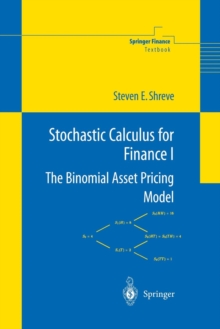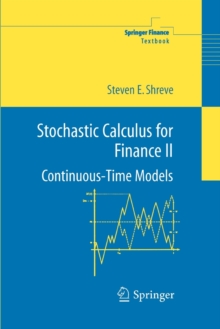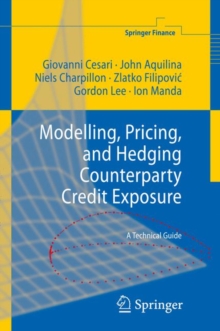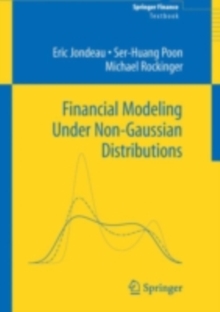
Option Prices as Probabilities : A New Look at Generalized Black-Scholes Formulae PDF
by Christophe Profeta, Bernard Roynette, Marc Yor
Part of the Springer Finance series
Description
Discovered in the seventies, Black-Scholes formula continues to play a central role in Mathematical Finance.
We recall this formula. Let (B ,t? 0; F ,t? 0, P) - t t note a standard Brownian motion with B = 0, (F ,t? 0) being its natural ?ltra- 0 t t tion. Let E := exp B? ,t? 0 denote the exponential martingale associated t t 2 to (B ,t? 0). This martingale, also called geometric Brownian motion, is a model t to describe the evolution of prices of a risky asset.
Let, for every K? 0: + ? (t) :=E (K?E ) (0.1) K t and + C (t) :=E (E?K) (0.2) K t denote respectively the price of a European put, resp. of a European call, associated with this martingale.
Let N be the cumulative distribution function of a reduced Gaussian variable: x 2 y 1 ? 2 ? N (x) := e dy. (0.3) 2? ?? The celebrated Black-Scholes formula gives an explicit expression of? (t) and K C (t) in terms ofN : K ? ? log(K) t log(K) t ? (t)= KN ? + ?N ? ? (0.4) K t 2 t 2 and ? ?
Information
-
Download - Immediately Available
- Format:PDF
- Publisher:Springer Berlin Heidelberg
- Publication Date:26/01/2010
- Category:
- ISBN:9783642103957
Information
-
Download - Immediately Available
- Format:PDF
- Publisher:Springer Berlin Heidelberg
- Publication Date:26/01/2010
- Category:
- ISBN:9783642103957










